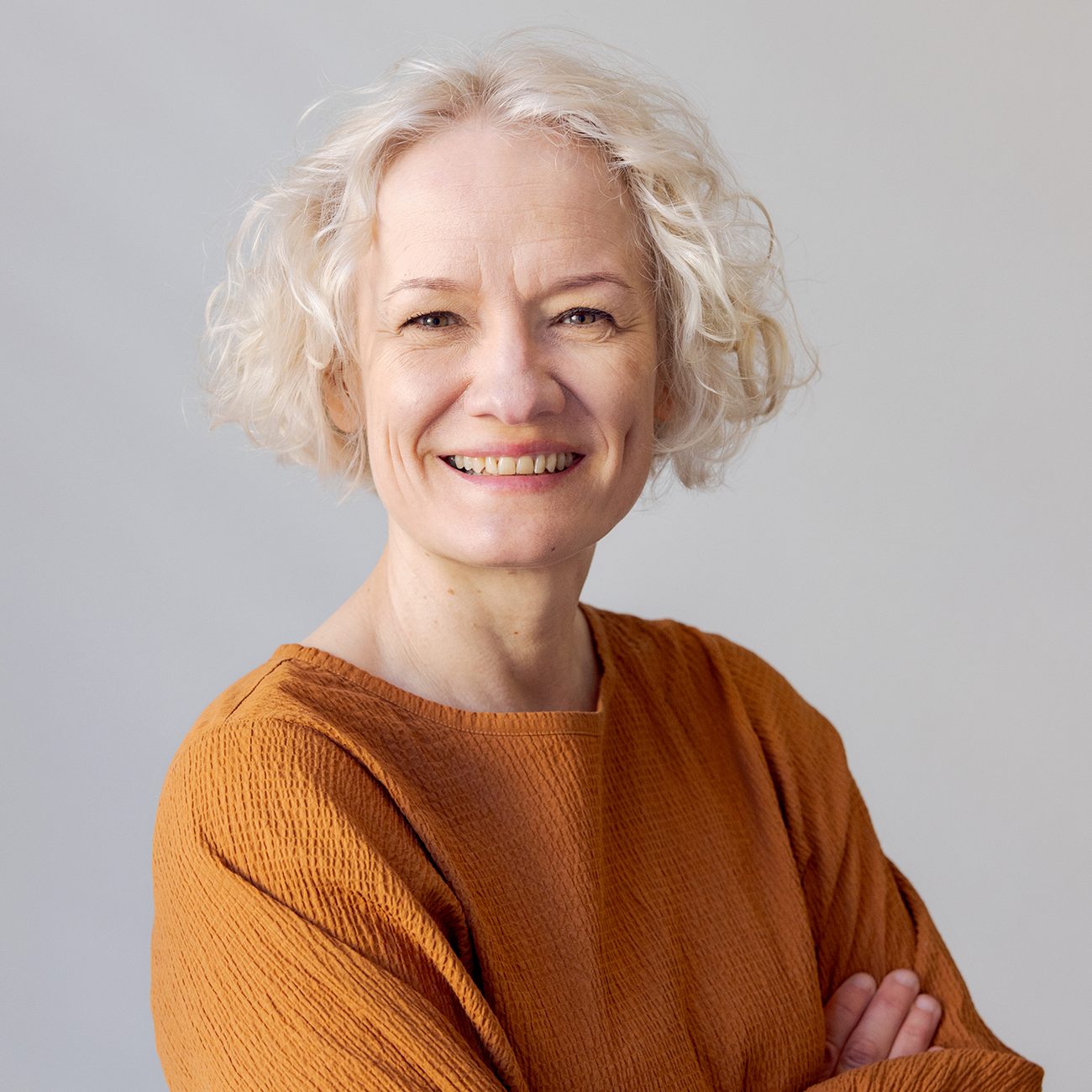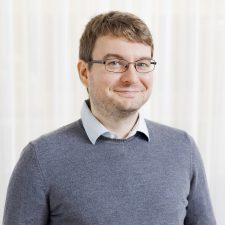Circular economy extends to residents’ everyday life on new Jätkäsaari block
An entire city block is planned and designed on the terms of circular economy in Helsinki. The plan is to also have circular economy as part of the everyday life of the future residents of the communal block of Jätkäsaari. The block is being developed by two members of Helsinki’s cluster programme for circular economy, Spolia Design and the Yrjö and Hanna Foundation.
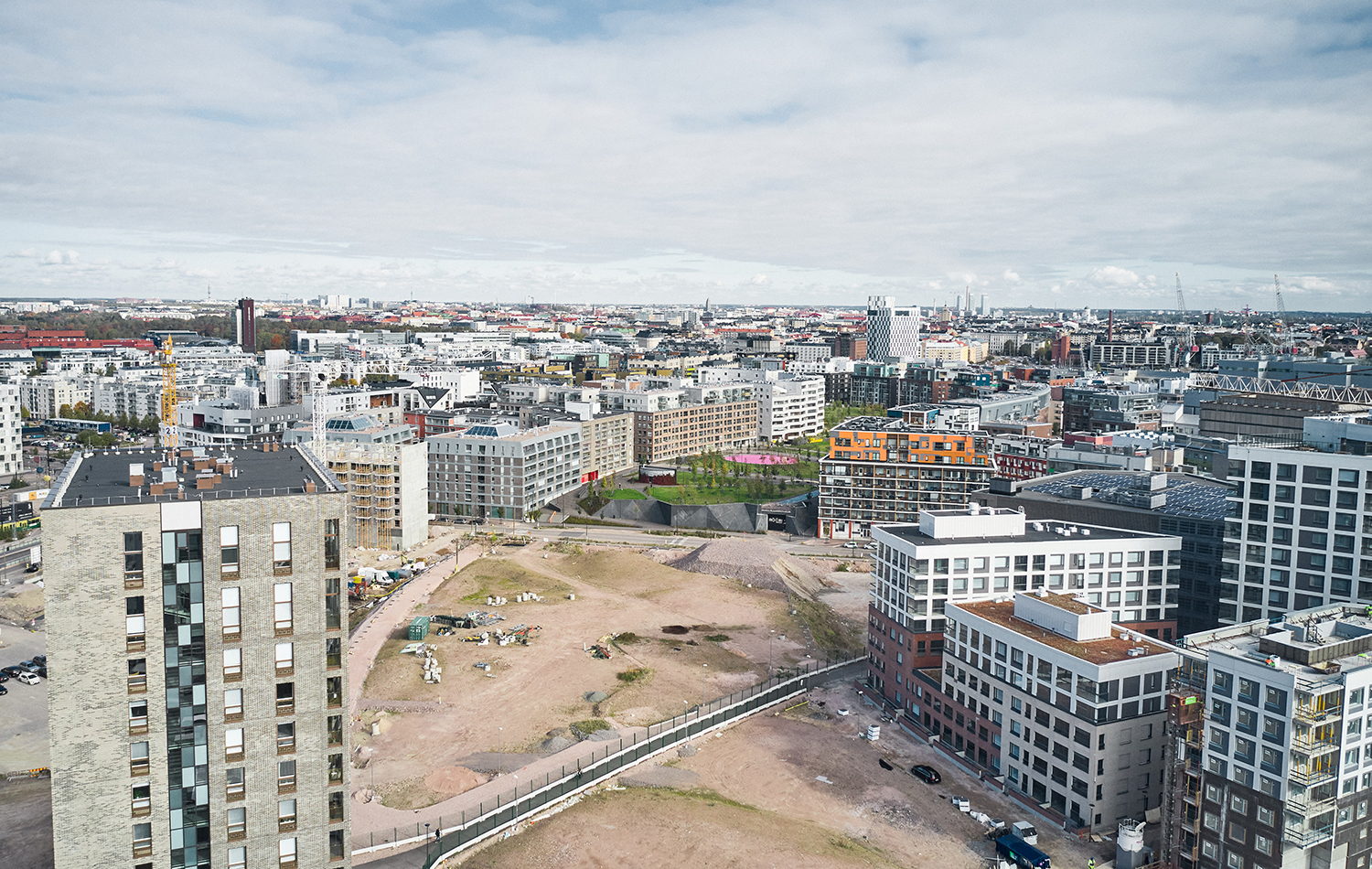
On the Jätkäsaari block, circular economy can be seen and felt in everything from the buildings themselves to living in them and their use.
“We have an opportunity to make the block an internationally competitive location while also coming up with new circular economy experiments and solutions at the same time,” explains Petri Salmi from the expert company Spolia Design, which specialises in the reuse of demolition materials.
Salmi’s duty in the planning and design of the block is to survey possibilities and practical solutions in terms of utilising reusable materials.
The idea behind circular economy in construction is to keep materials and building parts in circulation for as long as possible. This applies to everything, ranging from concrete elements to glass structures. The objectives of circular economy are met the best when products are utilised at the new usage site as they are.
Salmi muses that plenty of challenges slowing down the progress of circular economy have been identified in recent years.
“It is now time to look ahead and start resolving these challenges with a determined approach by integrating existing good practices and promoting sustainable innovations,” Salmi says.
His hope is that the administrative side and its legal interpretations can also be involved in the process. Laws and regulations should be developed in cooperation with the sector through concrete measures, in a sustainable direction as is the trend. Salmi stresses that circular economy materials can often be placed on an equal footing with virgin materials without compromising on quality and safety.
Sustainable future specialist Kimmo Rönkä from the Yrjö and Hanna Foundation agrees. The Foundation develops cross-generational urban housing and serves as the other implementer of the Jätkäsaari circular economy block. Rönkä believes that new innovations are hindered in Finland by conservatism and strict adherence to regulations.
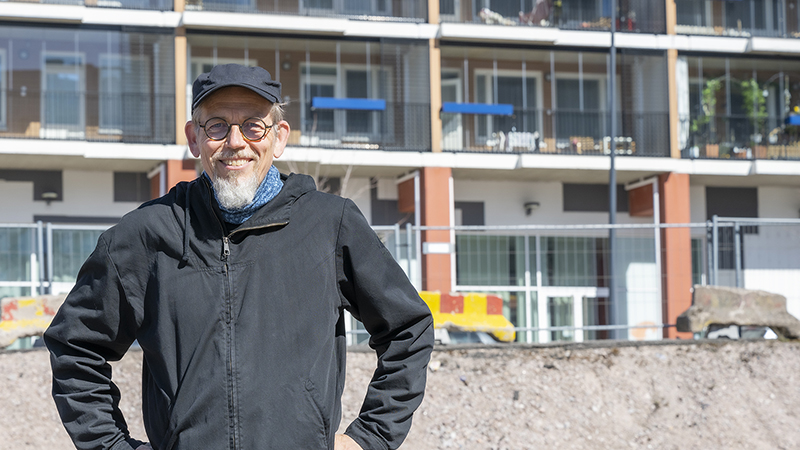
“In order to realise the green transition, we need exceptional measures.”
Kimmo Rönkä, Yrjö and Hanna Foundation
Giving good examples visibility
The block to be built in Jätkäsaari is one of the sites of the City of Helsinki’s Re-thinking Urban Housing programme. The purpose of the programme is to improve the quality, attractiveness and individual solutions of apartment building housing. On the Jätkäsaari block, the programme focuses particularly on developing circular economy during construction.
Salmi says that not everything on the Jätkäsaari block is built from reused materials, nor does it have to be. However, he finds it important that some of the visible elements, for example, are made from demolition materials.
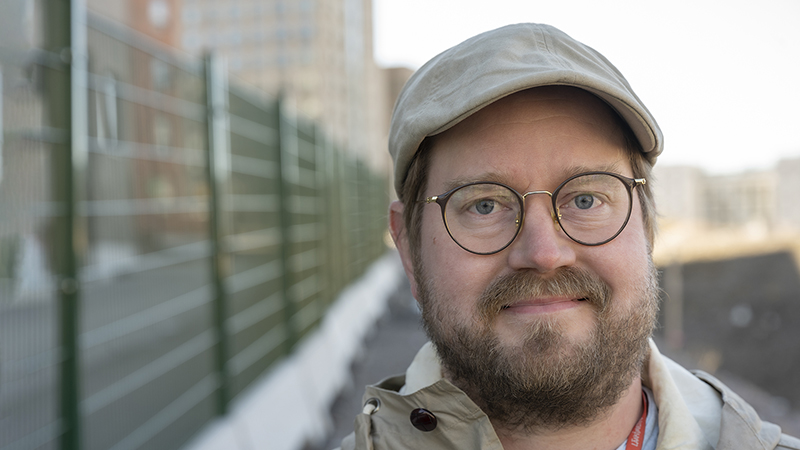
“There should be as many visible examples as possible. That way, the block could inspire operators to design and build another site exclusively from reused materials.”
Petri Salmi, Spolia Design
Rönkä says that the objective in Jätkäsaari is to show how construction materials, light structures and aspects such as reusable interior decoration solutions can be used to reduce the carbon footprint of construction.
“Inventive circular economy architecture brings interesting ruggedness and character to new construction, which can often be sterile,” Rönkä explains.
Circular economy as part of everyday life
Rönkä mentions that the plan is to give the residents of the Jätkäsaari block plenty of opportunities to implement circular economy in their own lives. A diverse group of different operators is needed for brainstorming and implementing various possibilities.
For example, a person living in Jätkäsaari will not need to own a car, as vehicles can be in shared use. A restaurant on the block could provide primarily vegetarian foods and utilise the food waste of local stores. Rönkä’s hope is that the pursuit of carbon neutrality included in the circular economy scheme will also play a main role in the energy solution of the block and challenge the City to develop district heating locally to make it more self-sufficient.
The shared facilities of the block will feature the Finnish Lifelong Learning Foundation’s Sivistyskulma (‘Education Corner’), a centre for adult education at which the plan is to include sustainable development in the educational contents.
People of different ages and in different life situations are sought as residents of the block. Many people have expressed that they would like their own parents or grandparents to live closer to them, and the Jätkäsaari block will provide an opportunity to fulfil these wishes.
Jätkäsaari circular economy block
- The plan is to build ARA-subsidised communal and fully accessible right-of-occupancy housing for families, as well as fully accessible communal rental apartments for elderly people, on the property of the Yrjö and Hanna Foundation.
- ARA rental apartments for people under the age of 30 are being planned to be built on the property of NAL Asunnot Oy.
- The block will be built in the centre of Jätkäsaari by Hyväntoivonpuisto Park at the address Länsisatamankatu 33/Hyväntoivonkuja 1.
- The block is currently scheduled to be completed in late 2024.
Photos: Kari Ylitalo and Ilkka Ranta-aho
